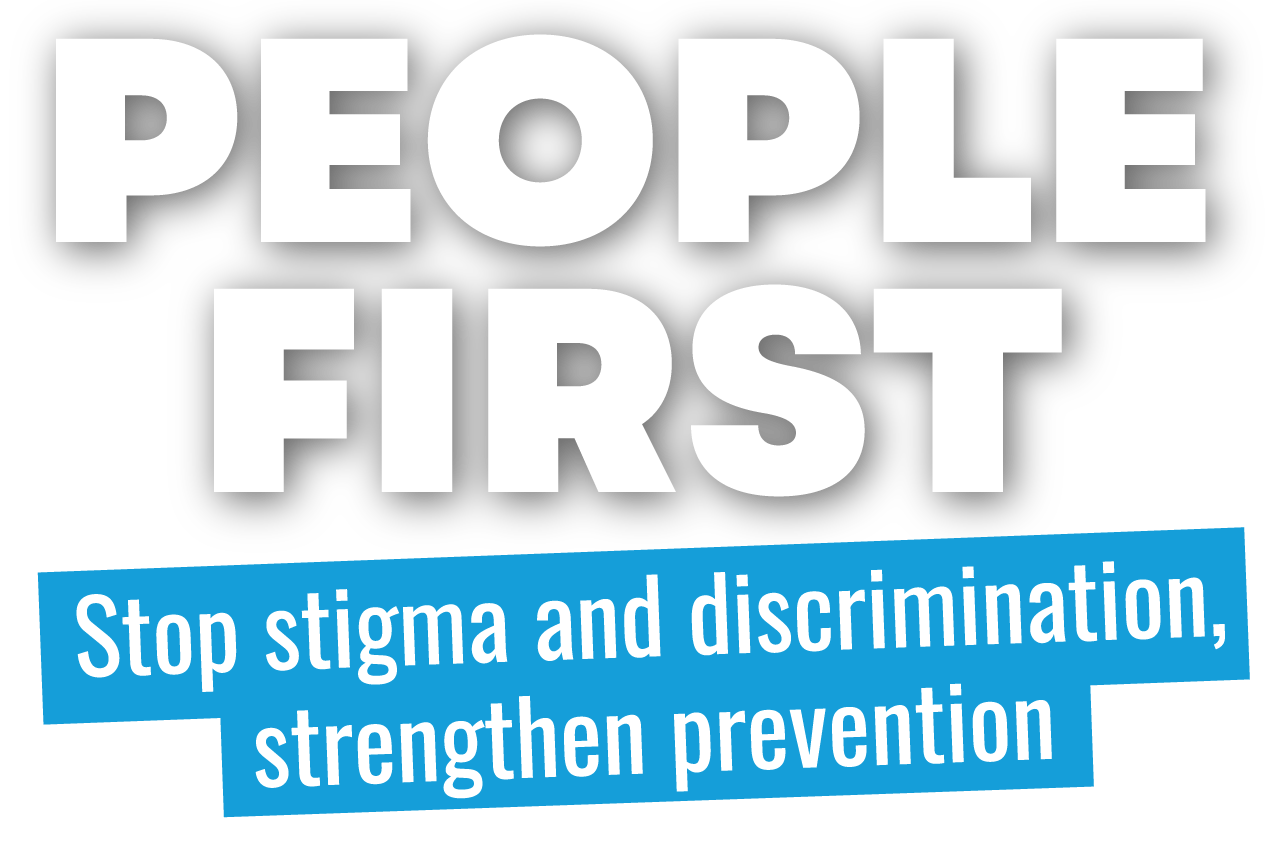International Day against Drug Abuse and Illicit Trafficking
International Day against Drug Abuse and Illicit Trafficking
By resolution 42/112 of 7 December 1987, the General Assembly of the United Nations decided to observe 26 June as the International Day against Drug Abuse and Illicit Trafficking as an expression of its determination to strengthen action and cooperation to achieve the goal of an international society free of drug abuse.
Drug abuse scenario in the world
Drug use continues to be high worldwide. In 2021, 1 in every 17 people aged 15–64 in the world had used a drug in the past 12 months. The estimated number of users grew from 240 million in 2011 to 296 million in 2021 (5.8 per cent of the global population aged 15–64). This is a 23 per cent increase, partly due to population growth.
Cannabis continues to be the most used drug, with an estimated 219 million users (4.3 per cent of the global adult population) in 2021. Use of the drug is increasing and although globally cannabis users are mostly men (about 70 per cent), the gender divide is reducing in some subregions; women account for 42 per cent of cannabis users in North America.
It is estimated that in 2021, 36 million people had used amphetamines, 22 million had used cocaine and 20 million had used “ecstasy”-type substances in the past year. The proportion of female users is higher in the case of amphetamine-type stimulants (45 per cent of users are women) and non-medical use of pharmaceuticals (between 45 and 49 per cent of users are women), whereas the highest share of men is found in users of opiates (75 per cent) and cocaine (73 per cent).
Opioids continue to be the group of substances with the highest contribution to severe drug-related harm, including fatal overdoses. An estimated 60 million
people engaged in non-medical opioid use in 2021, 31.5 million of whom used opiates (mainly heroin).
An estimated 39.5 million people worldwide were suffering from drug use disorders in 2021, but only 1 in 5 people with drug use disorders received drug treatment. The Covid-19 pandemic has aggravated the treatment gap. Of the 46 countries regularly reporting to UNODC data on people in drug treatment, about 40 per cent registered a decline in the number of people in drug treatment during the COVID health emergency as compared to previous years. Data for 2021 show further declines. Barriers in accessing treatment are multiple but women are most affected.
Deaths related to the use of drugs were estimated at about 500,000 in 2019, 17.5 per cent more than in 2009. Liver diseases attributed to hepatitis C are a major cause of drug-related deaths, accounting for more than half of the total number of deaths attributed to the use of drugs. Drug overdoses account for a quarter of drugrelated deaths.
Growing use of the Internet and other digital means of communication, including darknet marketplaces catering for the illegal trade in drugs, social media platforms, and other encrypted communication applications, facilitate the drug trade in new ways.
The World Drug Report and further content is available at https://wdr.unodc.org/
Theme for 2023 - People first: stop stigma and discrimination, strengthen prevention
 The world drug problem is a complex issue that affects millions of people worldwide. Many people who use drugs face stigma and discrimination, which can further harm their physical and mental health and prevent them from accessing the help they need.
The world drug problem is a complex issue that affects millions of people worldwide. Many people who use drugs face stigma and discrimination, which can further harm their physical and mental health and prevent them from accessing the help they need.
This year’s International Day Against Drug Abuse and Illicit Trafficking recognizes the importance of taking a people-centered approach to drug policies, with a focus on human rights, compassion, and evidence-based practices.
The aim of this year’s campaign is to raise awareness about the importance of treating people who use drugs with respect and empathy; providing evidence-based, voluntary services for all; offering alternatives to punishment; prioritizing prevention; and leading with compassion. The campaign also aims to combat stigma and discrimination against people who use drugs by promoting language and attitudes that are respectful and non-judgmental.
This year’s World Drug Day is a call to:
- Raise awareness about the negative impact of stigma and discrimination on people who use drugs and their families.
- Raise awareness about the AIDS and hepatitis epidemics among people who use drugs and expand and strengthen HIV and hepatitis prevention programmes.
- Promote evidence-based, voluntary services for all people who use drugs.
- Educate about drug use disorders, available treatments and the importance of early intervention and support.
- Advocate for alternatives to imprisonment for drug-related crimes, such as community-based treatment and services.
- Combat stigma and discrimination by promoting language and attitudes that are respectful and non-judgmental.
- Empower young people and communities to prevent drug use and addiction.
Source : UN
Last Modified : 6/27/2023
The topic provides information dealing with Substa...
Provides information about World Radio Day - Febru...
Provides information about Nasha Mukt Bharat Abhiy...
This topic provides information on addressing issu...
